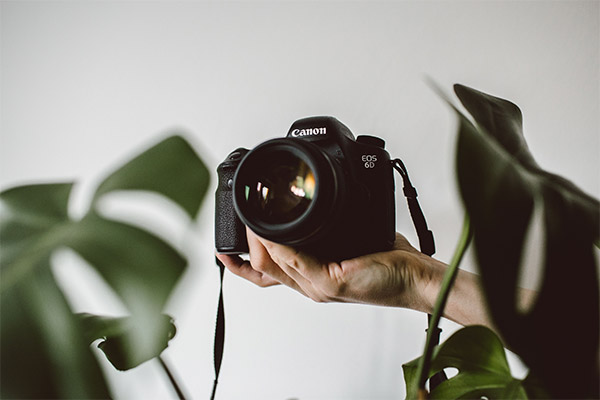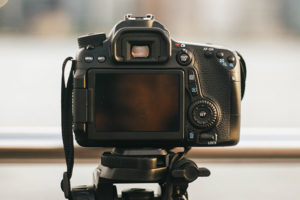PRICING. The “p-word” we all cringe at. As photographers, this is a huge obstacle. Establishing a price structure is something that takes a photography business from amateur to professional overnight. It can be intimidating and many do not know where to start.
Your worry is over. I have the answers. I am here to guide you and provide some clarification on the mysterious realm of pricing your work. Disclaimer alert: do what feels comfortable to you and for your clients. The type of photography you do, the deliverables you offer, the time you put in. There are so many variables that you can use to determine what’s right for you.
Why Is Pricing Important?
Here is the deal. You are trying to run a business. You are offering a service and you should be compensated for that. It may feel uncomfortable at first to ask people for money.
My first clients were my friends graduating who wanted a senior session. I did not know what to do. I always felt like I was in the wrong no matter what number I came up with. I thought the price was too high because I was just starting out and did not have a lot of experience. On the other hand, I was shooting for two hours plus an hour of editing on top of that.
I would go back and forth on what I thought I should earn before I sent a final number. (I am also guilty of overthinking and this situation was no exception).
Where should I start? Should I consider hourly? Is there a different charge for editing? Do I have different packages at different price points?
All legitimate questions. I had them too. I looked to my photographer mentors for guidance.
Here is a link to Cassidy Lynne’s blog post on why pricing guides are so important. She is a Michigan-based wedding and elopement photographer who specializes in educating others. Not to mention her business is booming on all social media platforms.
The First Steps
There are different methods to pricing yourself. As of now, I work off an hourly rate with specific packages. For instance, I offer a 2-hour senior session. Each hour is a specific dollar amount and on top of that is editing and sometimes travel.
Here is the thing, that does not work for everyone. Especially depending on the type of photography.
Maybe you are a wedding photographer booking a 10-12 hour day. This may require an additional shooter for assistance. Lots of camera gear including multiple cameras, lenses, flashes, and tripods. Then there are the hundreds, sometimes thousands of photos you have to comb through and edit in order to deliver a curated gallery within a specific timeframe.
This varies significantly from shorter sessions. And this does not even include those who need to travel long distances for clients.
Pricing for photography has come a long way, but it still needs change. Up until recently, photography was considered a job that anybody could do if they had a camera. Society did not always see and appreciate the skill necessary to capture images and the artistry behind them.
Now photographers are taking a stand. They know their worth and skill. Prices have increased in the last several years, but photography is not a job everyone can do. There is a knowledge of light and composition, gear, and editing.
Trust Your Gut, You Know Best
Nothing is set in stone. The easiest thing to do is just to start somewhere. You will not know what works for you unless you actually start charging clients.
If you set a price and think it does not accurately represent the work you do and the service you deliver, then adjust. If that doesn’t feel right, rinse and repeat.
It is a continuous cycle. People are always going to have an opinion. Some are always going to be stuck in the mindset that photographers overcharge and anyone can take a photo.
So do what feels right to you. Everyone who follows this mantra is changing the photography pricing game one dollar sign at a time.
Here’s some final tips from Joy of Marketing on how to price your photography. The post outlines tricks to structuring your prices in order to make a profit and get the money you deserve.
Pricing is unique to each business and photographer. Changing the stigma around it starts with charging what you are worth and keeping the conversation going.



